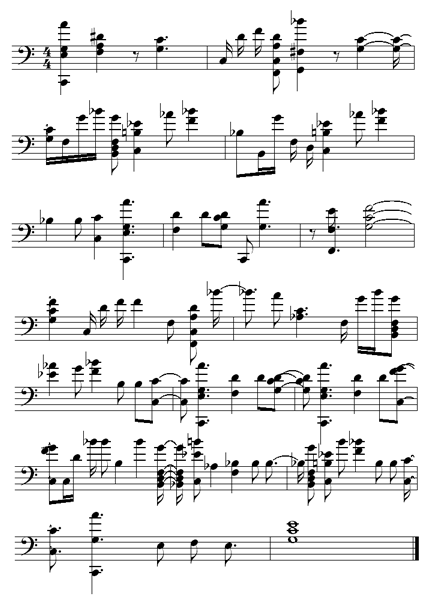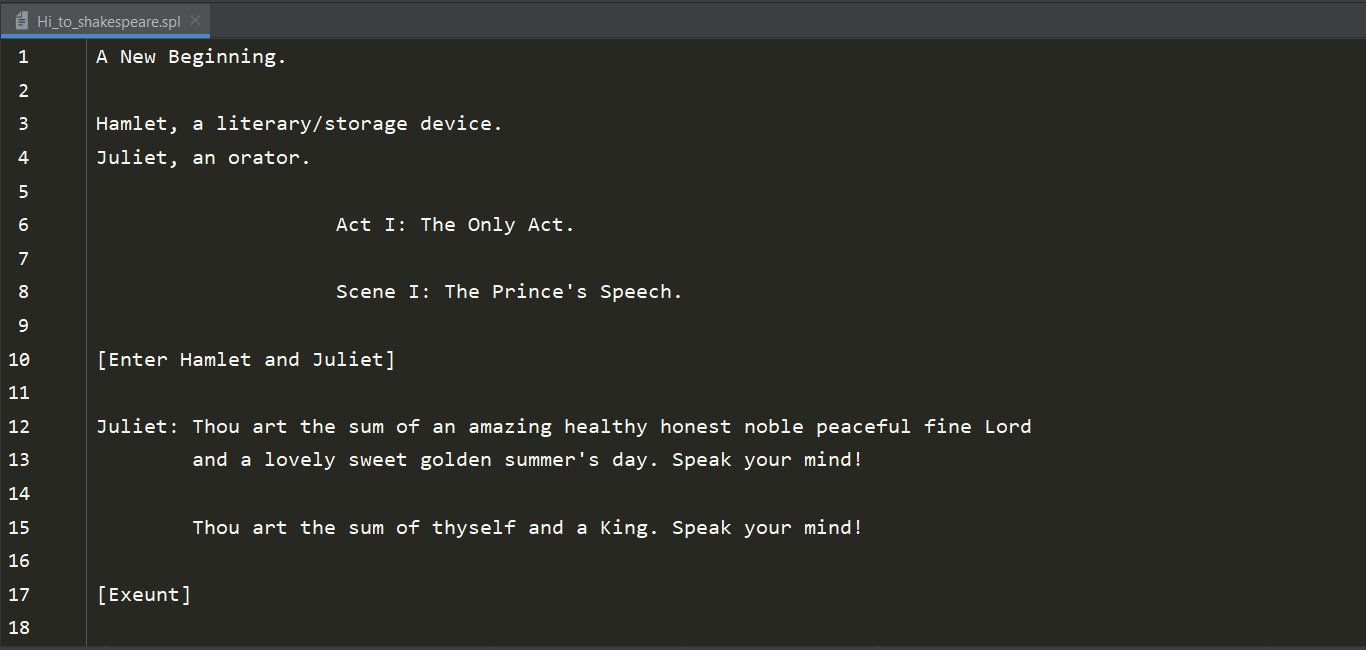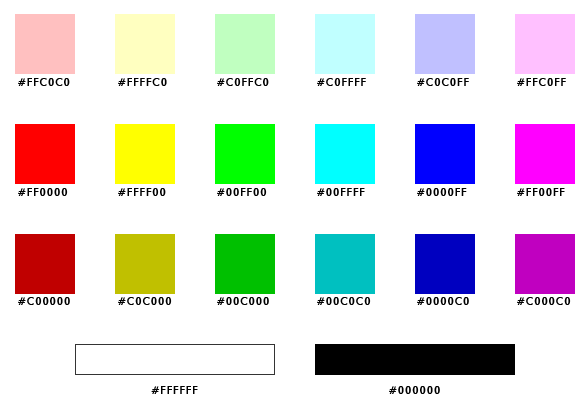The Most Unique/Fun Programming Languages That Have Ever Existed
How about coloring your way to print the Fibonacci series or writing the 'Arnold Schwarzenegger' one-liners to build a ChatBot or mixing some ingredients in a tureen to write a Web Application?
Join the DZone community and get the full member experience.
Join For FreeThere's been a lot of languages like the new-age love Python and R or the old school bestie, Java. Although programming languages are designed to make complex problems easier. Every programming language has its own pros and cons but some languages are built for another reason — sheer fun!
Usability is not the goal for these languages nor they find their roots in academia. They are above all programming paradigms but still maintain their reputation of being a Turing Complete language - well some of them.
These languages are a way of cultural expression through coding.
I have created a list of programming languages that people would mark 'esoteric'. According to Wikipedia though
An esoteric programming language is a programming language designed to test the boundaries of computer programming language design, as a proof of concept, as software art, as a hacking interface to another language (particularly functional programming or procedural programming languages), or as a joke.
1. Velato
This language is for musicians. No, this language is for programmers. Wait, this language has been designed for musically inclined programmers or the programmatically built music lovers. It's becoming complicated now and I will try to unwind it for you.
Velato was developed by Daniel Temkin in 2009. The source code in Velato is actually a MIDI file. Don't believe me? Here's how Hello World looks like in this esolang.

2. ArnoldC
This language is a parody of one-liners from Arnold Schwarzenegger's famous movies like Terminator and Predator. We all love his one-liners but turning that into a program is a pure savage thing to think let alone actually developing the whole language. But Lauri Hartikka is an avid Arnold fan and he decided to build a programming language using Scala.
The bare minimum to start coding in this language, you'll need
xxxxxxxxxx
IT'S SHOWTIME
[statements]
YOU HAVE BEEN TERMINATED
Every variable must be a one-liner from his movie like HEY CHRISTMAS TREE or YOU SET US UP. You can give it a look at the creator's GitHub for some complex programs.
3. Shakespeare
Yes. A programming language on arguably the World's finest writer, poet, and dramatist. Although, this language not really look like one. Rather it looks like a play written by this great Jacobean era juggernaut. Just like ArnoldC, the variables must be named after the leading characters from his plays, and each program is divided into Acts and Scenes.
All the world’s a stage
And all the men and women merely players
With these magical lines from the spellbinding poem, let's begin with the play. I mean the source code which is in the form of a play. :)
How to Install?
xxxxxxxxxx
$ pip install shakespearelang
First Program

You can copy the code of the function Hi_to_shakespeare.spl from here.
How to Run?
xxxxxxxxxx
$ shakespeare run Hi_to_shakespeare.spl
HI
This returns HI as the output.
4. Chef
If English poetry is not your cup of tea, you may prefer making code look like a recipe. You'll still be getting the output on the screen not on your plate, though(It should not be confused with the Chef Configuration Management Tool). The developers should keep in mind the following design principles
- Program recipes should not only generate valid output but be easy to prepare and delicious.
- Recipes may appeal to cooks with different budgets.
- Recipes will be metric but may use traditional cooking measures such as cups and tablespoons.
Have a look at the code that makes some delicious Fibonacci popcorn with cheese.
x
Fibonacci Series with Soy Sauce.
Ingredients.
100 g semolina
250 g cheese
1 egg
Method.
Sift the semolina. Put semolina into mixing bowl. Serve with soy sauce. Stir for 2 minutes. Remove egg. Rub the semolina until sifted. Stir for 2 minutes. Fold the cheese into the mixing bowl. Pour contents of the mixing bowl into the baking dish.
Serves 1.
Soy Sauce.
Ingredients.
1 cup soyabeans
1 cup wheat
1 vanilla bean
Method.
Fold soyabeans into mixing bowl. Put soyabeans into mixing bowl. Fold wheat into mixing bowl. Clean mixing bowl. Put soyabeans into mixing bowl. Remove vanilla bean. Fold soyabeans into mixing bowl. Melt soyabeans. Put vanilla bean into mixing bowl. Refrigerate. Heat soyabeans until melted. Put soyabeans into mixing bowl. Remove vanilla bean. Fold soyabeans into mixing bowl. Soy soyabeans. Put vanilla bean into mixing bowl. Refrigerate. Cook soyabeans until soyed. Put soyabeans into mixing bowl. Serve with soy sauce. Fold wheat into mixing bowl. Put soyabeans into mixing bowl. Add vanilla bean. Serve with soy sauce. Add wheat.
And hence your soy sauce popcorn is ready, now you can have them in the Fibonacci order. Eat 1, then again 1, eat 2,3,5 and so on...
5. Piet
This language would be on the numero uno spot in any insane programming language list ever made... I mean who can use colors instead of words to code. It's out of this world.
It's boasted of being the only language that turns modern art into a meaningful output. Although modern art does have meanings, we programmers are too naive to understand. (Our understanding of modern art resembles the understanding of our code by these artists.) But there is one compiler that can convert this art into some valid output in a way that even we can understand - npiet.
Piet uses 6 colors with 3 lightness cycles plus black and white.

This is how the Tower of Hanoi program(art) looks like:

That's it from the list of some uncommon programming languages. If you want to learn some serious coding, you can refer to my other blogs.
Opinions expressed by DZone contributors are their own.

Comments